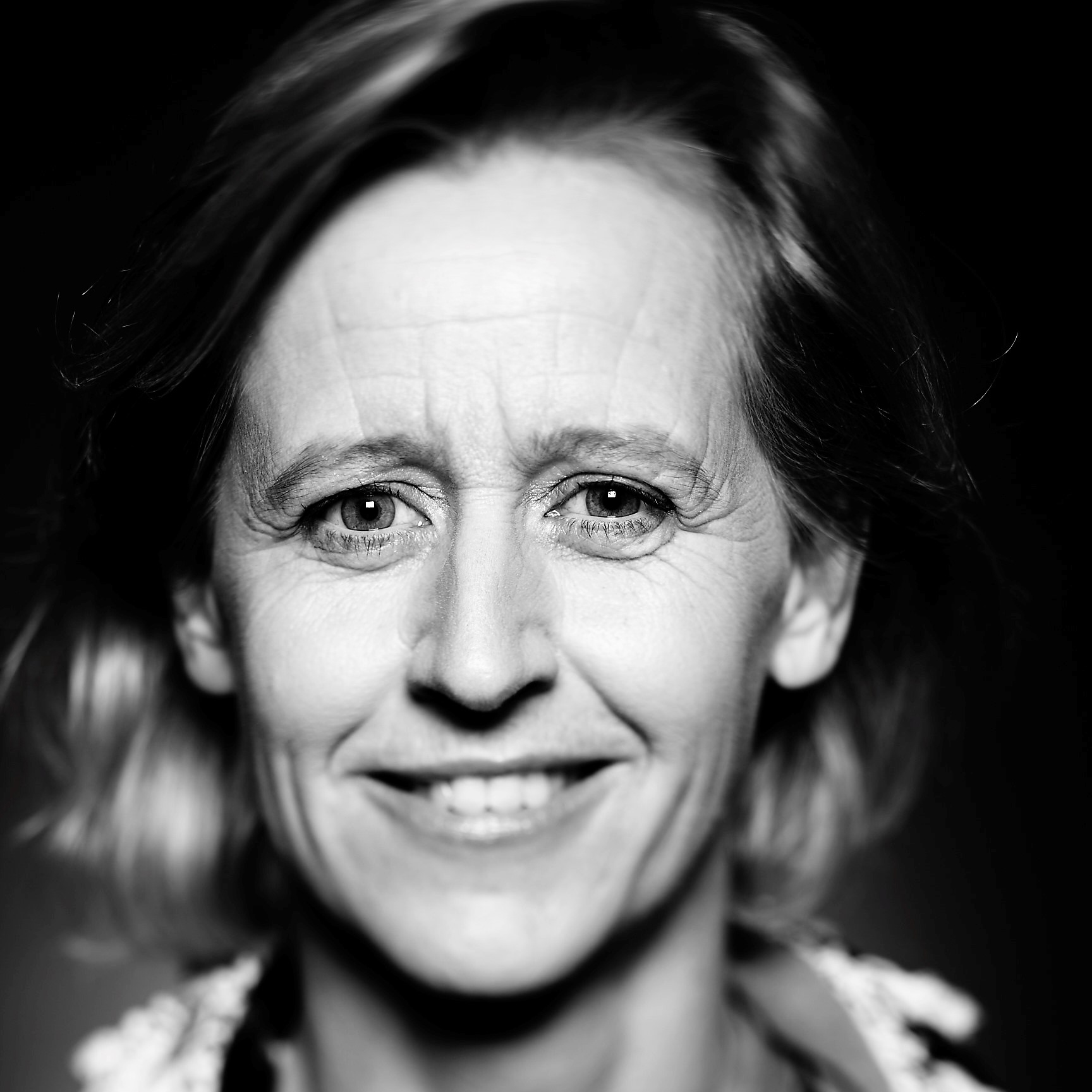 \
&
Contact us
\
&
Contact us
 \
&
Contact us
\
&
Contact us
Partnership website: https://www.clean-aviation.eu/
Formalised under the structure of an institutionalised public-private partnership which ensures that research activities of the aviation industry are aligned with the European Union’s policy priorities, the Clean Aviation JU's programme focuses on three main areas:
These three main areas of research and development are further discussed in the Strategic Research and Innovation Agenda (SRIA).
The Clean Aviation JU has various operational objectives compared to 2020 state-of-the-art aircraft:
Clean Aviation Joint Undertaking builds on its predecessor, the Clean Sky 2 JU programme. As an institutionalised partnership, the Clean Aviation JU does not publish the call for proposals in the regular Horizon Europe work programmes. Rather, Clean Aviation publishes their own work programmes.
Partnerships group the EC and private and/or public partners, to coordinate and streamline the research & innovation initiatives and funding in some selected key domains.

Ria.debreucker@vlaio.be

The EITHOS project, funded under Horizon Europe Cluster 3 call “Online identity theft is countered”, aims to develop a “European Identity Theft Observatory System” (EITHOS). The system will provide easy access to information and intelligence about previous and current identity theft related trends to empower EU citizens, Law Enforcements Agencies (LEAs), and policy makers to further contribute to the prevention, detection, and investigation of crimes related to online identity theft. The Cyber and Data Security Lab (CDSL), part of the Law, Science, Technology and Society (LSTS) Research Group at Vrije Universiteit Brussel (VUB), is one of the 12 partners in the EITHOS consortium, contributing its vast expertise on legal aspects of data protection, cybersecurity and information security law and policy.